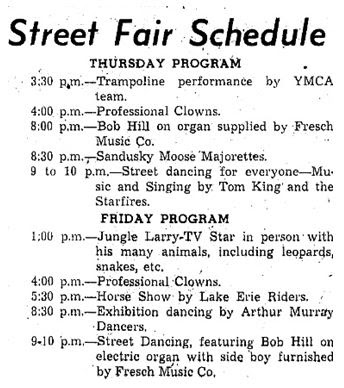This is the deed to pew number 67 in Grace Episcopal Church, issued by the parish to John Dean on August 27, 1866, granting him and his heirs the right to exclusive use of the pew in perpetuity, for a payment of fifty dollars (equivalent to a little more than $1000 today). It was common through the nineteenth century for churches to sell access to specific pews, to raise funds for the church and to recognize the prominence of certain parishioners.
Grace Episcopal Church was founded in Sandusky in 1835, and has the oldest church building in the city. The original version of the building was completed in 1843; The towers, as seen in the photo above (circa 1870), were constructed in 1858. Other modifications have been made to the church over the years, and can be recognized by the difference in colors of stone.
John Dean, the owner of pew #67, had a productive life in Sandusky. He was born in 1835 in Tydd St. Mary, Lincolnshire, England, and came to Sandusky as a boy with his parents, William and Susannah Dean. He married Susan Belton in Sandusky on New Year's Day 1859, and together they had four sons and three daughters. He served two years in the United States Army during the Civil War years. He was a fisherman by profession. He died in 1892 and is buried with his wife in Oakland Cemetery.

 this blog
this blog








 The
The 













































